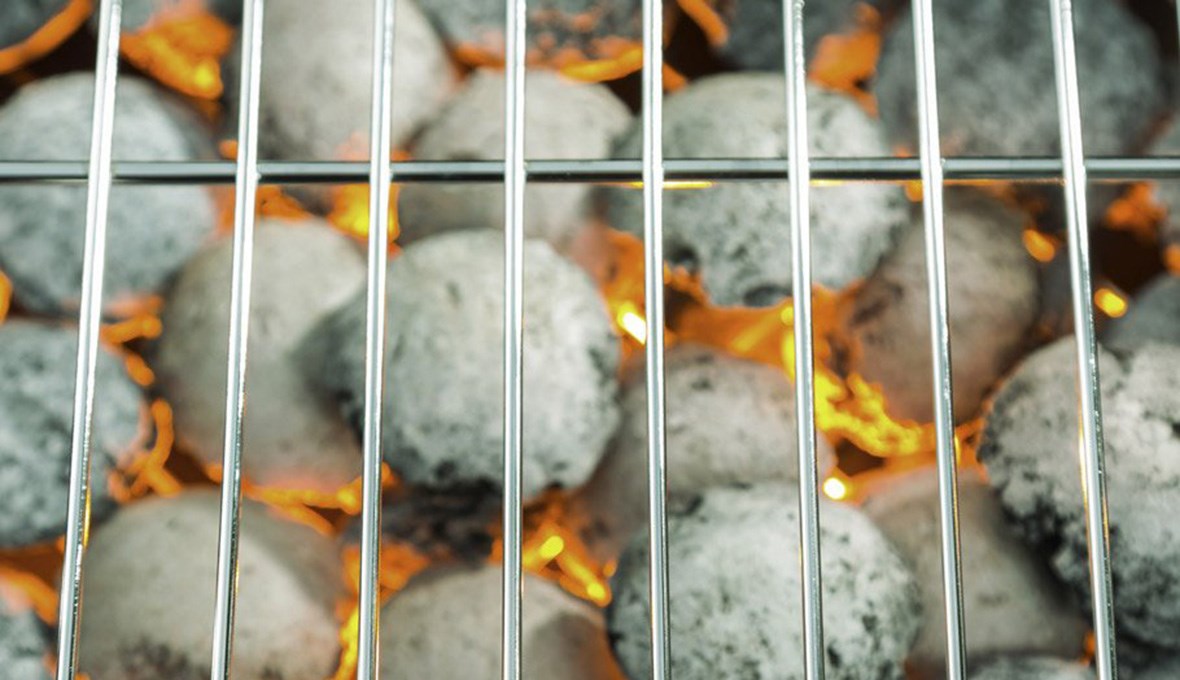Burns
Many burns affect only the skin, and are superficial (like a sunburn). Burns that affect deeper tissue are classed as partial-thickness (wet, painful, pink or red) or full-thickness (dry, no pain, grey/brownish, may look like normal skin but without sensation) depending on the depth. All burns may be painful, and it is often the superficial and partial-thickness ones that are the most painful.

A burn can be caused by:
- Dry heat: for example, fire.
- Hot fluids (scalds): for example, hot shower, steam, hot oil.
- Chemical (acid, alkaline): for example, hydrochloric acid, sulphuric acid, caustic soda, cement.
- Electrical: low voltage for example, flash or high voltage for example, power lines.
- Radiation: for example, sunburn, sun lamps.
People with diabetes have reduced sensation in their feet and so are susceptible to scalds and thermal injuries there.
Consulting a healthcare provider
If the partial-thickness burn is bigger than your hand (palm and fingers) or located on hand, armpit, genital, face, neck, hollow of the knee or feet, you should always seek a healthcare professional’s help. All full-thickness (deep) burns should always be taken care of by a doctor.
If the wound gets worse or persists or if there are signs of infection such as redness, swelling, fever, pain or burning, increased drainage, becomes warm to the touch, then consult a health care provider.
Join our mailing list
Receive the latest information on product offerings, receive coupons, news and more at home care tips.












